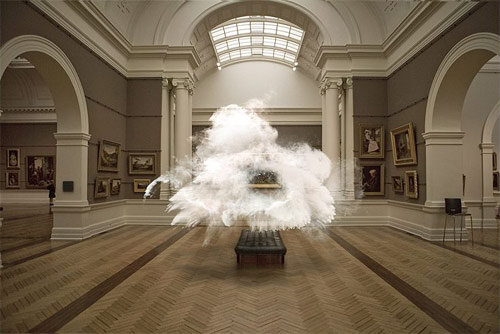In the context of Fence, and 21st century poetry, Jose Perez Beduya questions existence in his poems. Of the four poems in Fence, I found new perspectives of life and the significance of interconnectedness between people and things. In "Breathing Exercises" Beduya proposes the existence of non-existence. By questioning the undesirable things alongside desirable things in life and challenging their existence, Beduya illustrates how important and interconnected everything really is.
"No sleep.
No standing against
The horizon line.
No harm.
No knees.
No coming to an end.
No quickness.
...
No intentions.
No contrariness.
No colors coming alive only in rain.
No hypothetical states of affairs.
No forgiveness.
No echoes and echoes
Through the architraves."
Beduya uses the power of small intangible things like forgiveness and contrariness to illustrate how connected and powerful the existence of life is.
In "Sea of Tears," Beduya questions the ethics of religion and "The Absolute." He makes the absolute unabsolute and intangible. He questions the ideas of philosophers and their presence in our lives today.
In "Advances," I found Beduya's use of images and social discourse beautiful. He challenges the seeming unattractiveness of revolt and unconventional images by putting them out of context and comparing contrasting images.
"An inch per human
Milk and white vomit
A cascade of stripes in the museum
A rip waiting to happen
Down the turn-of-the-century dress"
I enjoyed how Beduya used uncomfortable images together in order to create a collective whole in the poem that questions what is beautiful and what is not. This use of imagery is powerful and tangible in my mind. Beduya uses unconventional imagery to empower his poetry.

Nick- I wonder if Beduya's choices of form, in your mind, adds to his ability to "create a collective whole." We have seen dynamic use of "imagery" in a lot of poems, not many of which have been described in the lovely way you describe these.
ReplyDelete